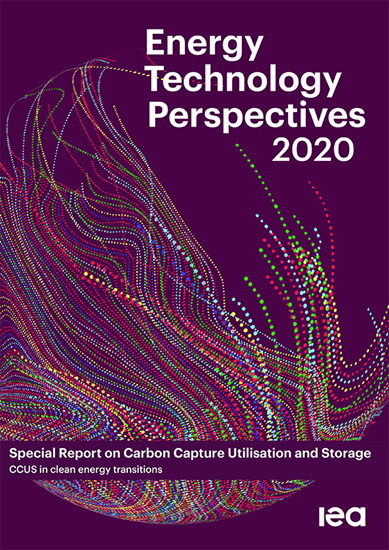This infographic summarises ZEP report ‘A method to calculate the positive effects of CCS and CCU on climate change’. The value of CCS and CCU projects to climate change mitigation is crucial, however, how to assess the added value, to be more exact, is complex. There are many factors that could play a major role, such as which boundary conditions and assumptions to use.
With this report, we are introducing three fundamental characteristics for the classification of technologies for climate change abatement of CCU and CCS projects: mitigation effect, net energy consumption, and implementation period. This report also includes examples showing the value of this concept.

